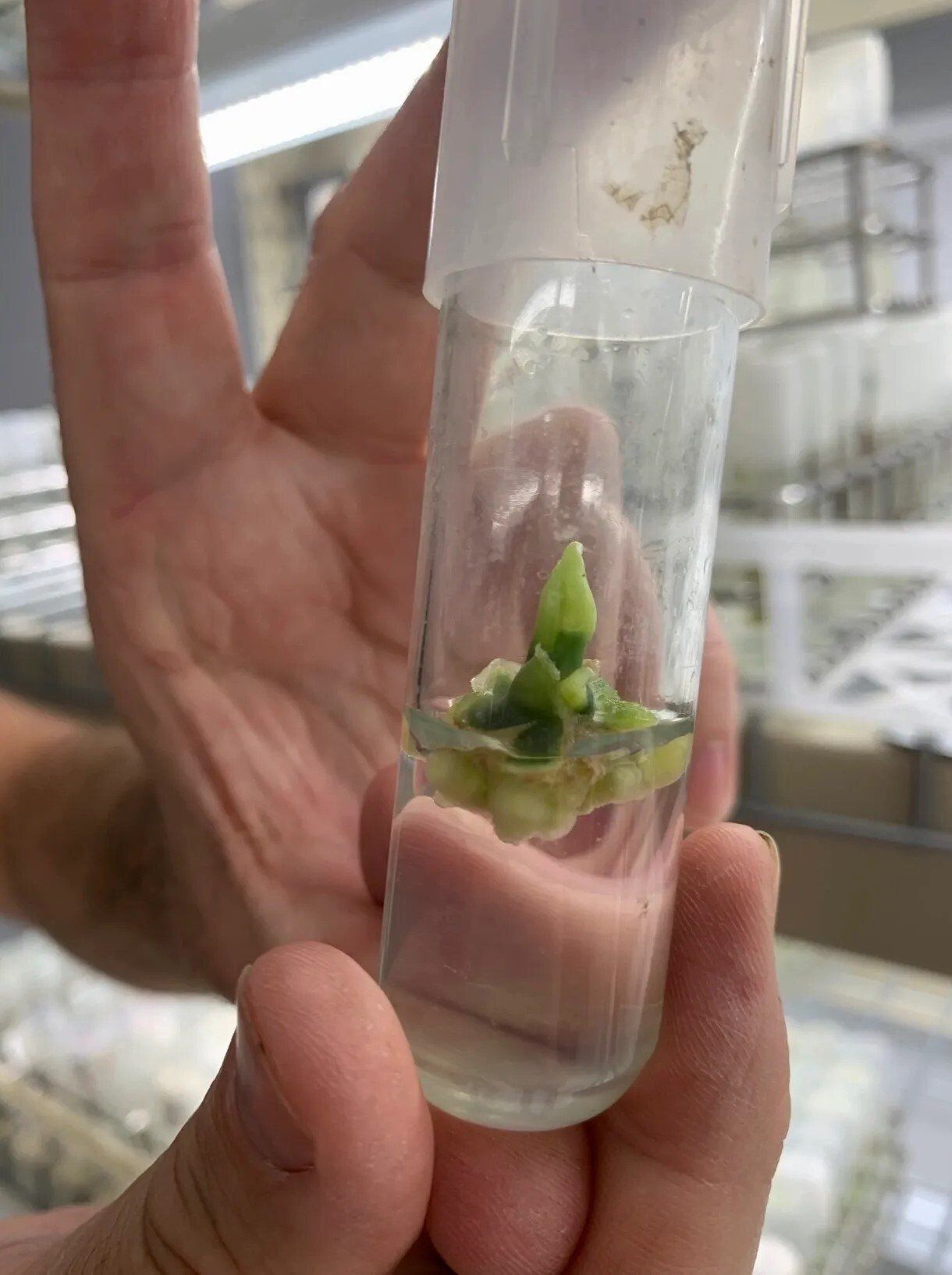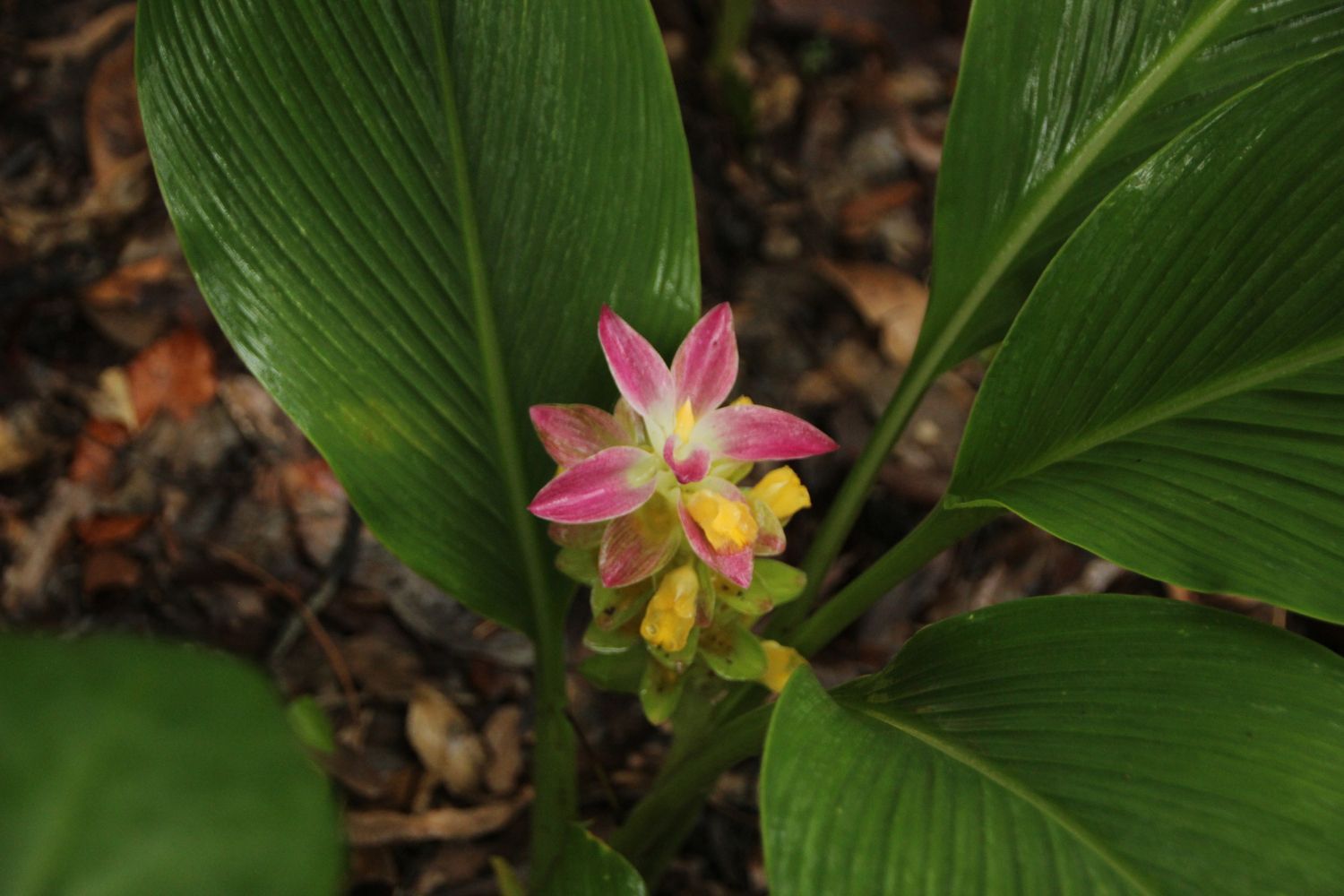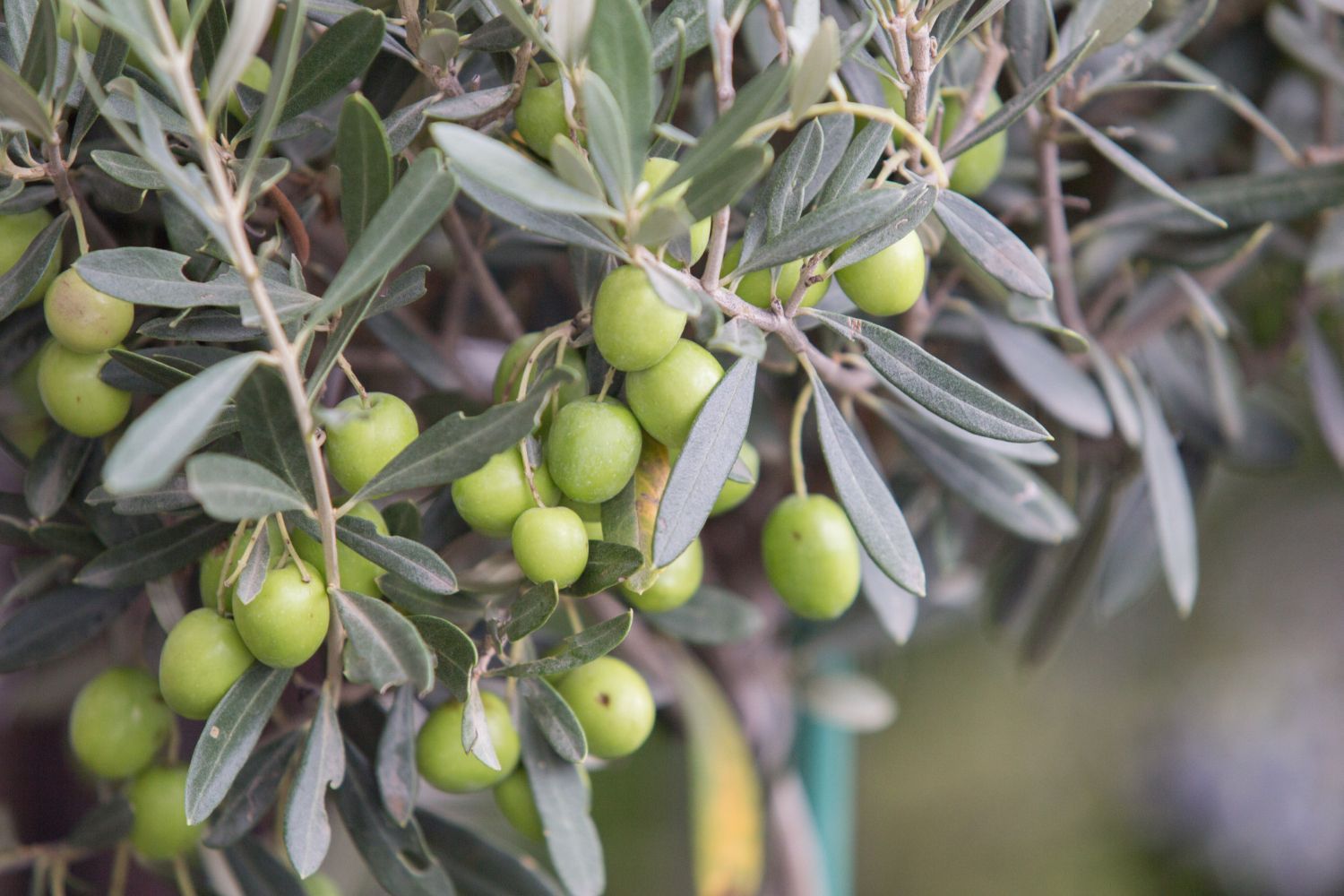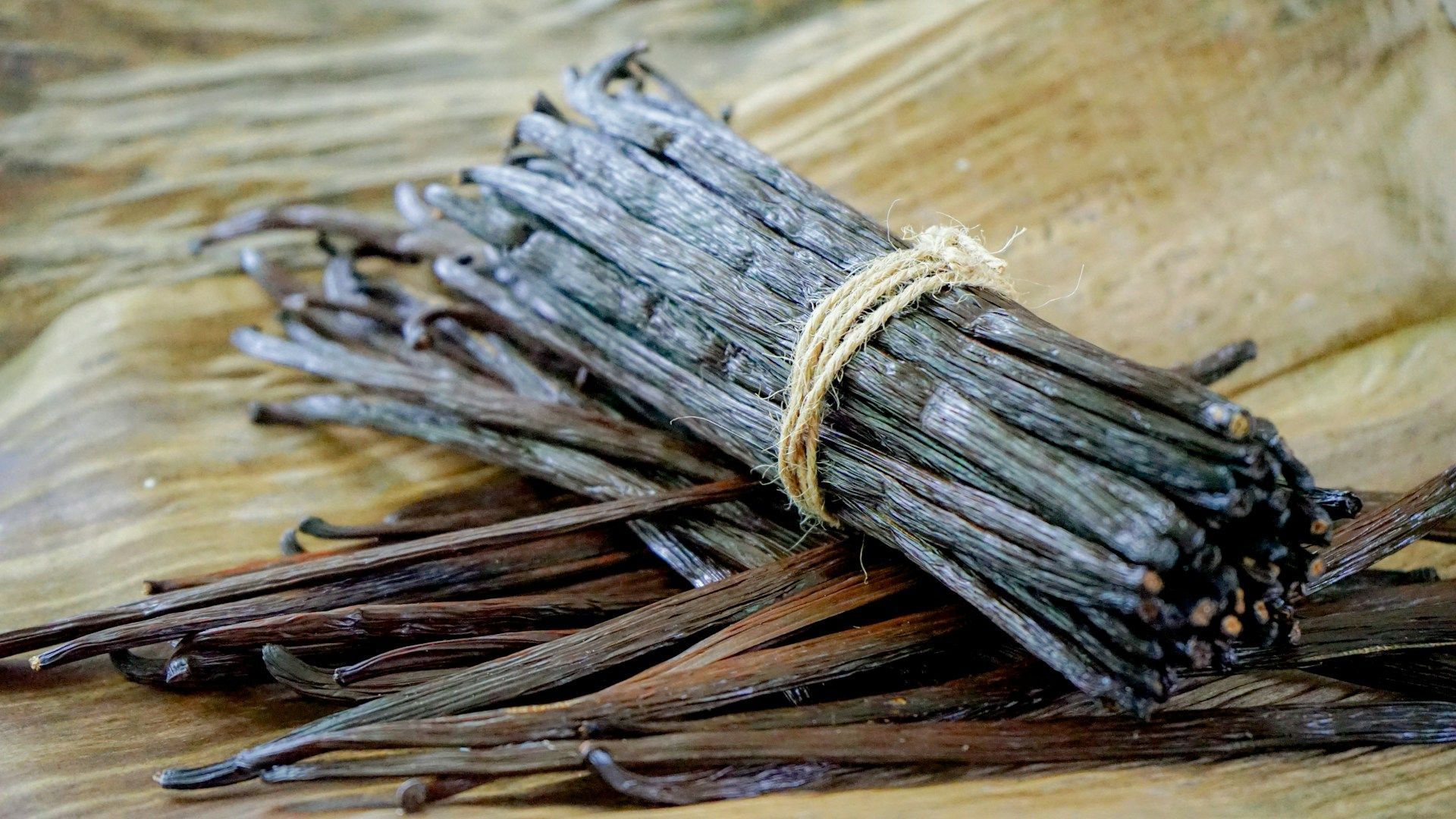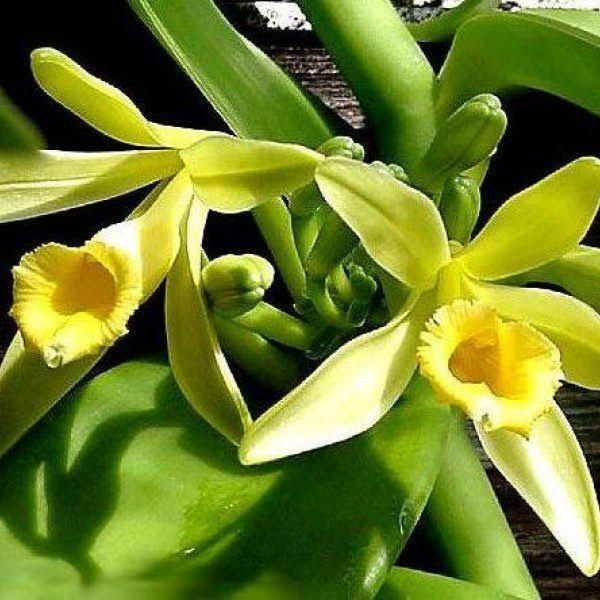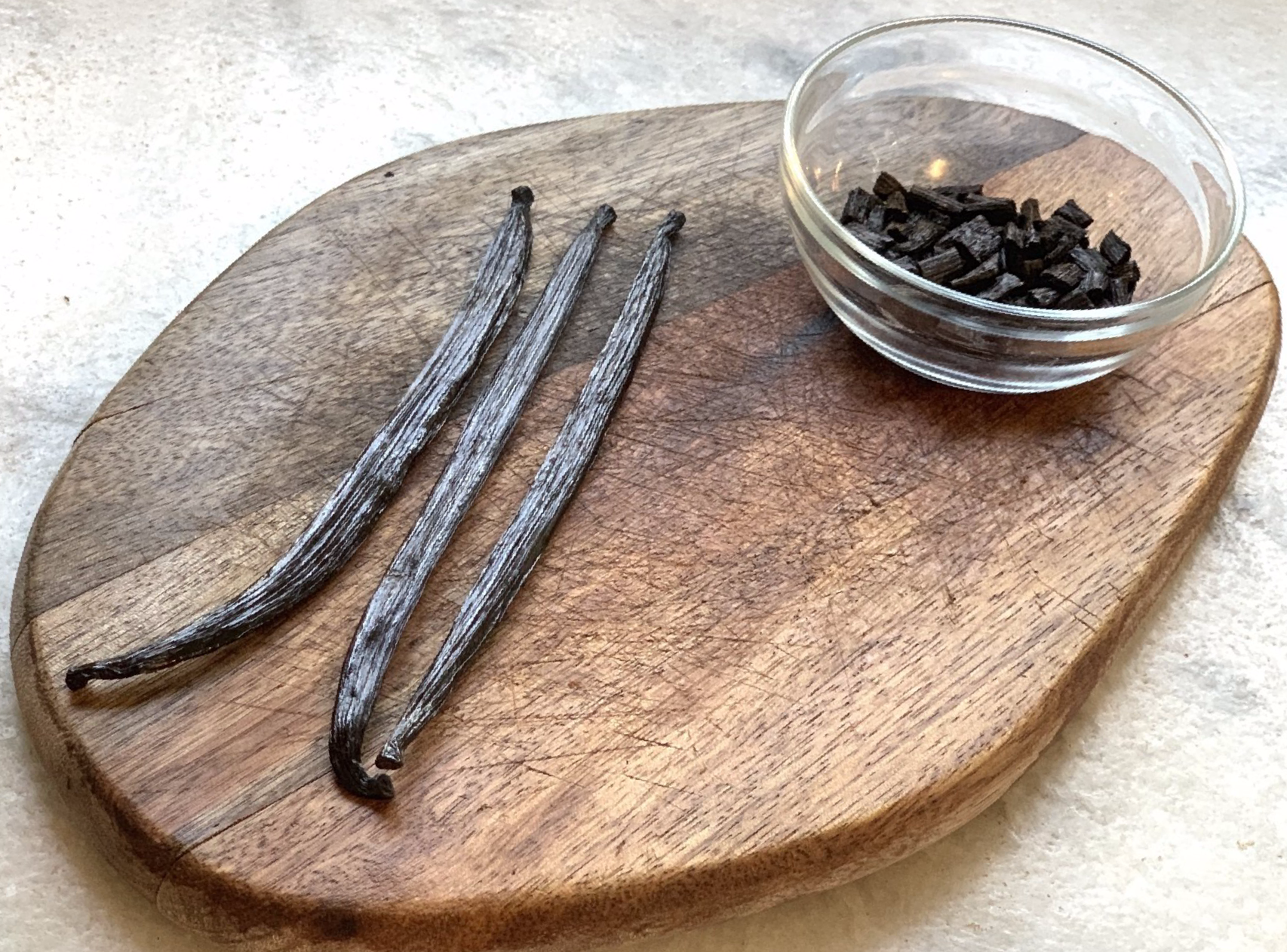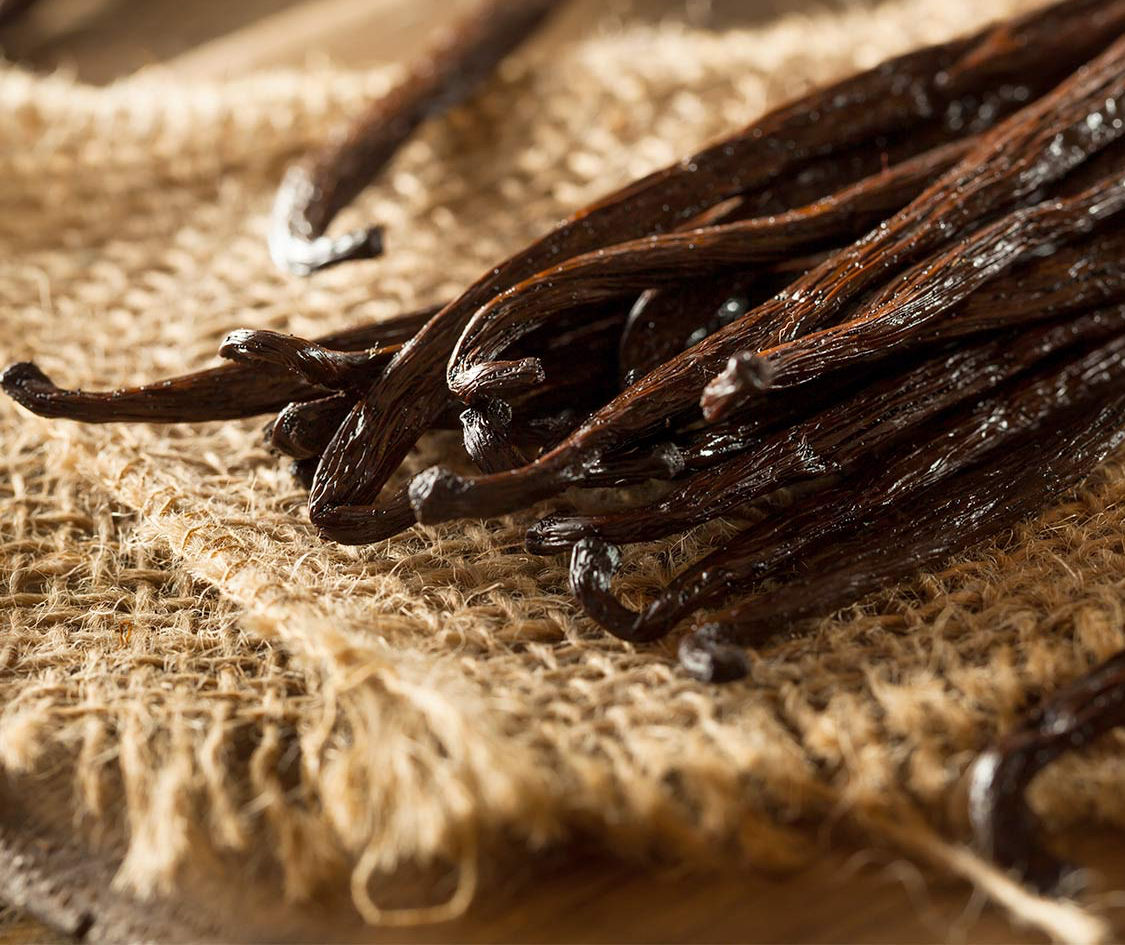Learn About the Arbequina Olive Tree: A Guide
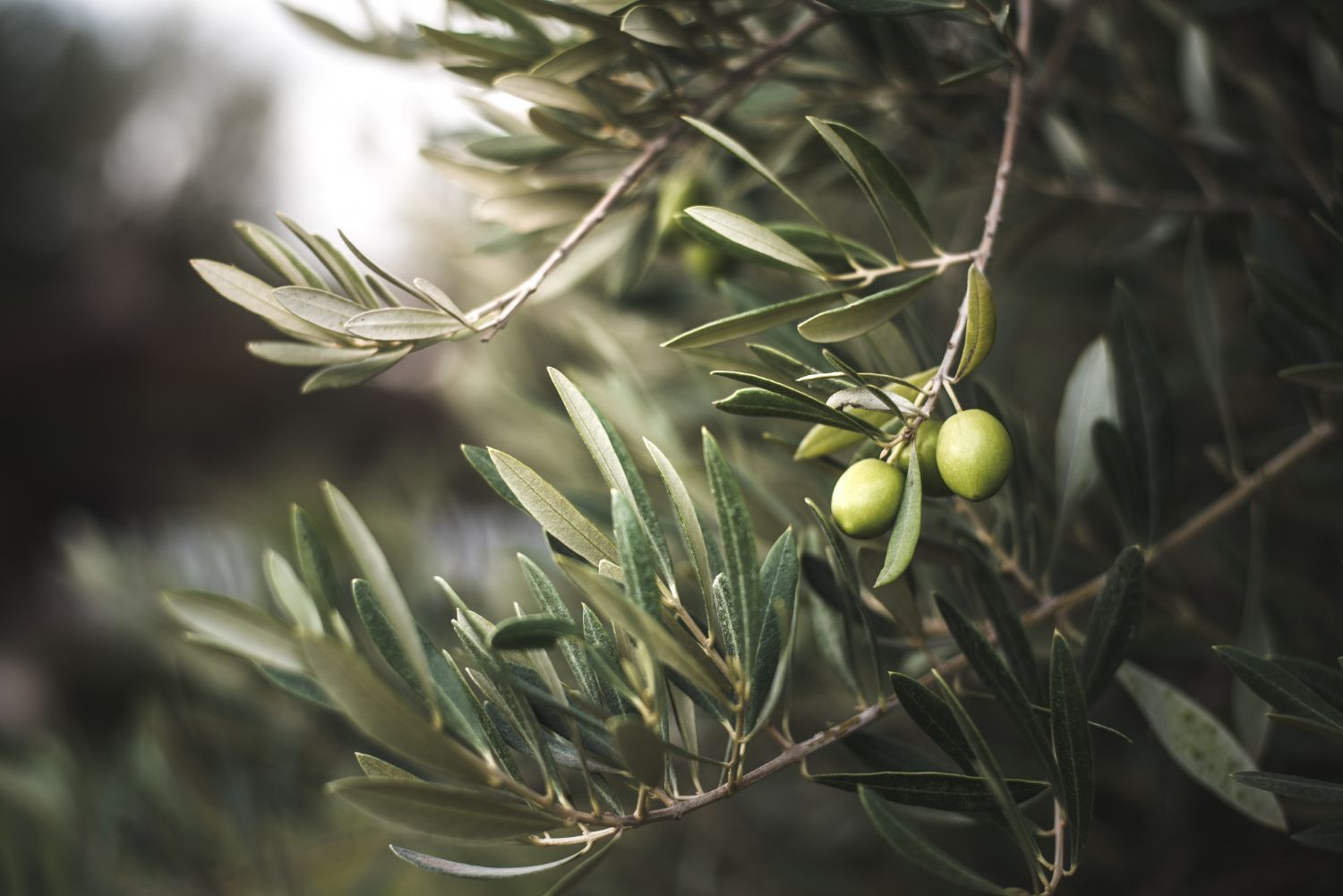
The Arbequina olive tree is a wonderful addition to any garden. Known for its small size and hardiness, it can thrive in various climates. This tree is native to the Mediterranean region and is especially popular in Spain. Due to its adaptability, you can now find it growing in many parts of the world, including the United States. The Arbequina olive tree is not just appreciated for its olives but also for its attractive appearance.
This olive tree is loved by gardeners and farmers alike. It produces small, flavorful olives that are great for making olive oil. The tree itself is compact, making it perfect for smaller spaces or even container planting. Its silvery-green leaves add a touch of elegance to gardens and landscapes.
Growing an Arbequina olive tree can be a rewarding experience. Whether you're interested in harvesting your own olives or simply want a beautiful tree for your yard, the Arbequina is a great choice. With proper care, this tree can provide both beauty and tasty olives for many years. In the sections to follow, we’ll explore more about what makes this tree special, how to grow it, and what to expect from your olive harvest.
What is the Arbequina Olive Tree?
The Arbequina olive tree is a versatile and compact tree known for producing both beautiful foliage and delicious olives. Originating from the Catalonia region of Spain, it has become popular worldwide due to its hardiness and high yields. This tree can thrive in different environments, making it a favorite among gardeners and commercial growers alike.
An Arbequina olive tree typically grows to about 15 to 20 feet in height, making it manageable for most garden spaces. Its small leaves are a silvery-green color, adding a unique touch to any landscape. Besides its ornamental value, the tree is highly praised for its olive production. Arbequina olives are small, brownish-purple when fully ripe, and renowned for their rich, buttery flavor. These olives are highly sought after for making high-quality olive oil.
This tree is also self-pollinating, meaning you don't need multiple trees to get fruit. This makes it an excellent choice for smaller gardens or for those who prefer to grow plants in containers. Whether you're interested in harvesting your own olives for oil or you want a decorative tree, the Arbequina olive tree is an excellent option.
Ideal Growing Conditions for Arbequina Olive Trees
To grow an Arbequina olive tree successfully, it's important to provide the right conditions. These trees thrive in well-drained soil and prefer locations that receive plenty of sunlight. Ideally, you should plant your tree in a spot that gets at least six to eight hours of direct sunlight each day.
Temperature is another key factor. Arbequina olive trees can tolerate a range of temperatures but perform best in warm climates. They can withstand winter temperatures down to 20°F, making them suitable for USDA zones 8-11. However, in colder climates, growing them in containers that can be moved indoors during extreme cold is a good option.
Watering is crucial, especially during the first few years as the tree establishes its root system. Water the tree deeply but infrequently, allowing the soil to dry out between waterings. Once established, these trees are quite drought-tolerant, which makes them relatively low-maintenance.
Good air circulation around the tree is also important to prevent diseases. Avoid overly humid areas or locations where moisture can accumulate to reduce the risk of fungal infections. With the right care, your Arbequina olive tree can thrive and provide years of enjoyment and harvest.
Planting and Caring for Arbequina Olive Trees
Planting an Arbequina olive tree involves a few straightforward steps. Start by choosing a sunny location with well-drained soil. If planting in the ground, dig a hole twice as wide and just as deep as the root ball. Place the tree in the hole, making sure the top of the root ball is level with the soil surface. Fill in the hole with soil, gently tamping it down to remove air pockets.
Water the tree thoroughly after planting. Mulching around the base of the tree can help retain moisture and keep weeds at bay, but avoid piling mulch directly against the trunk. Regular watering is essential during the first year. Deeply water the tree once a week, allowing the soil to dry out in between. As the tree matures, it will require less frequent watering.
Pruning is another important aspect of caring for your Arbequina olive tree. Prune the tree in late winter or early spring to remove any dead or diseased branches and to shape the tree. Pruning helps improve air circulation and sunlight penetration, which are vital for healthy growth and fruit production.
Fertilizing with a balanced, slow-release fertilizer in early spring can boost growth. Always follow the instructions on the fertilizer label to avoid over-fertilizing, which can harm the tree. With proper care, your Arbequina olive tree can thrive and start producing olives in as little as two to three years.
Harvesting Olives and Decorative Landscaping Tips
Harvesting olives from your Arbequina tree is an exciting process. Typically, olives are ready for harvest in late fall. The olives will change color from green to purple as they ripen. To harvest, simply pick the olives by hand or use a small rake to gently pull them from the branches. Be sure to collect the olives before the first frost to maintain their quality.
Once harvested, you can cure the olives to make them edible or press them to produce your own olive oil. Freshly picked olives are bitter and require curing through various methods such as brining or dry curing. If you're interested in producing olive oil, you’ll need a significant amount of olives and an olive press.
Aside from their practical uses, Arbequina olive trees make excellent decorative landscape trees. Their compact size and beautiful, silvery-green leaves add a Mediterranean touch to any garden. They can be planted as standalone trees, in rows to form natural screens, or even in large containers on patios and balconies.
The trees' evergreen nature ensures that they provide year-round visual interest. During the spring, delicate white flowers bloom, adding a touch of elegance. In the fall, the ripening olives add a pop of color, making these trees a focal point in any landscape design.
Conclusion
Arbequina olive trees offer both aesthetic appeal and practical benefits, making them a fantastic addition to your garden. From their beautiful foliage to their delicious olives, these trees bring a bit of the Mediterranean to your backyard. With the right growing conditions and care, they can thrive in a variety of climates.
Whether you're interested in harvesting olives or simply want a beautiful, low-maintenance tree for your landscape, the Arbequina olive tree is a versatile choice. The process of planting, caring, and eventually harvesting olives can be a rewarding experience, providing you with fresh olives or homemade olive oil.
For expert advice on incorporating unique plant varieties into your garden, including vanilla and more, reach out to Sunshine State Vanilla. Our team is here to help you make the most of your gardening endeavors. Contact Sunshine State Vanilla today to learn how our
vanilla farmers in Florida can assist you with your gardening needs.


